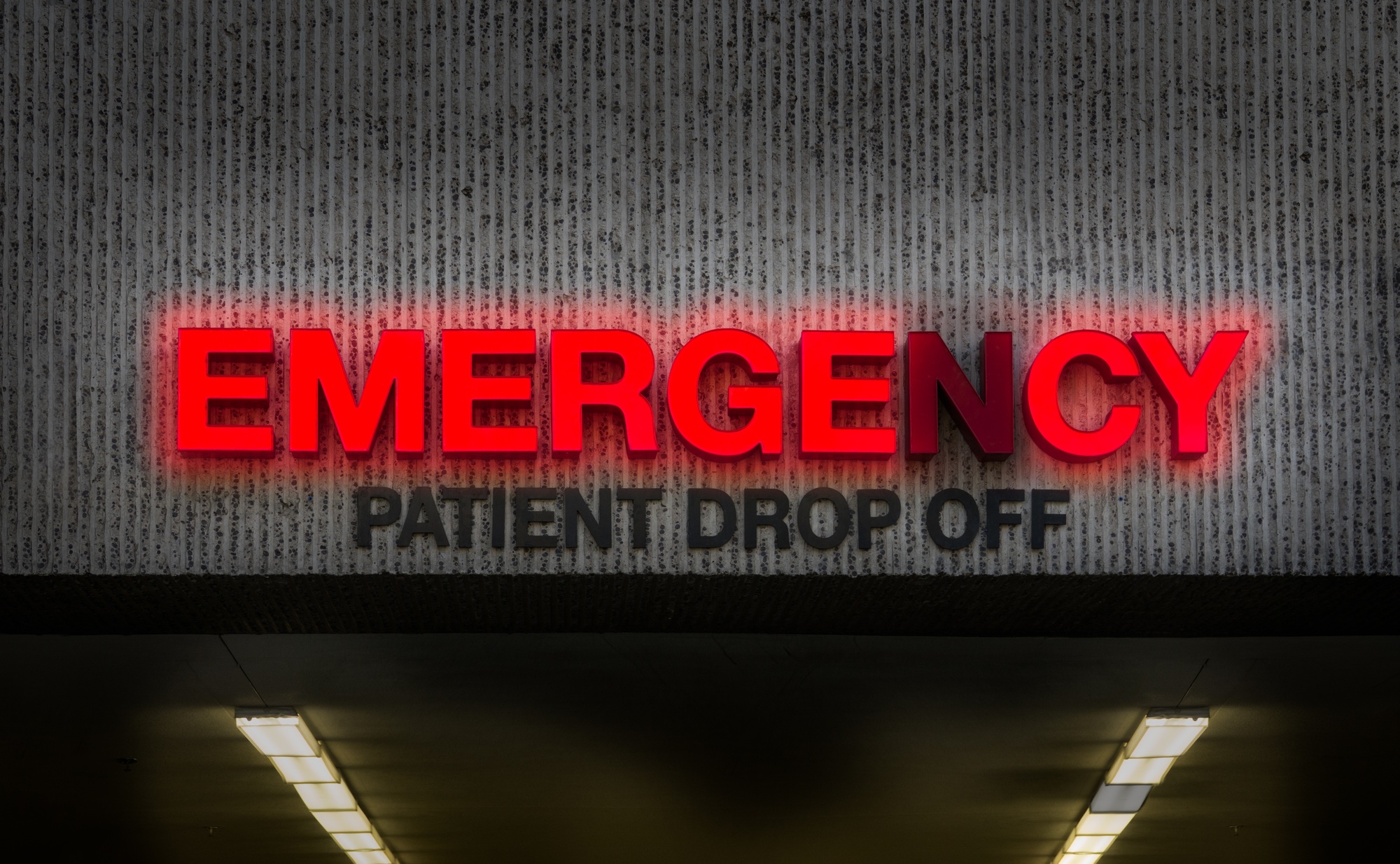Many physicians say they are pouring their hearts into patient care, only to feel drained, exhausted, and disconnected at the end of each day. In fact, a survey done by the American Medical Association found a staggering 48% of U.S. physicians reported feeling burned out.
For private practice owners, this isn’t just a personal struggle; it’s a growing crisis that can impact your entire team and the quality of care your patients receive.
Burnout isn’t just about stress—it’s full-blown emotional, mental, and physical exhaustion caused by relentless work pressure. But here’s the good news: it’s not inevitable.
The first step to preventing burnout is understanding what’s fueling it. Let’s break down the top three reasons behind physician burnout—and what you can do to stop it.
1. Excessive Workload and Administrative Burden
Long hours, heavy workloads, and endless administrative tasks are some of the top contributors to burnout. Research shows that for every hour physicians spend seeing patients, they spend an additional one to two hours on administrative work, such as documenting cases, ordering labs, or reviewing results on electronic health records (EHRs).
While EHRs were designed to streamline processes, many private practice physicians find that they often create more administrative burdens. The result? Less time doing what physicians love (engaging with patients) and more time handling tedious tasks that compound their stress levels.
2. Loss of Autonomy and Control
Physicians thrive when they can tailor their work environment and practices to their values and expertise. Unfortunately, many doctors, even those in private practices, feel a significant loss of control due to administrative and regulatory requirements. From strict policies to billing restrictions, these external pressures can make physicians feel their autonomy is slipping away.
The lack of control can also be amplified by a reduction in colleague support. Physicians often report feeling isolated, especially when facing challenges like administrative hurdles or malpractice risks. Fostering collaboration and offering opportunities for professional connection in a practice can help restore a sense of empowerment and support.
3. Work-Life Imbalance and Personal Factors
Maintaining a healthy work-life balance is already hard in healthcare, but for physicians, it’s particularly challenging. Younger physicians and female doctors face an even higher risk of burnout, often due to emotional exhaustion and conflict between work and family responsibilities. A 2011 study revealed that women are more likely to experience burnout due to work-home conflicts, while men are more likely to attribute burnout to workload.
Conclusion:
Burnout is a serious challenge in the medical field, with heavy workloads, emotional demands, and work-home conflicts hitting physicians especially hard. But here’s the truth: You don’t have to face it alone. If you’re feeling overwhelmed, reaching out for support—whether it’s to a colleague, counselor, or through workplace resources—can help.
Your work as a healer is invaluable, but so is your well-being. Remember to prioritize rest, practice self-compassion, and take time to recharge. Taking care of yourself isn’t just important—it’s essential to continue making the incredible impact you do every day. You deserve it.





